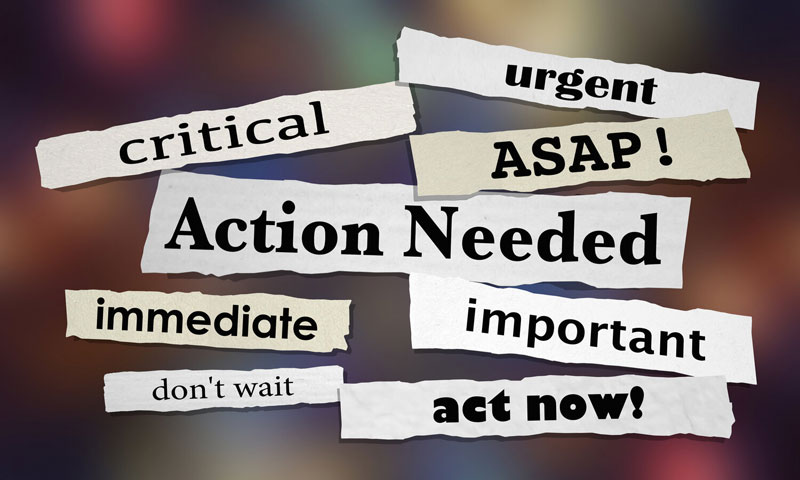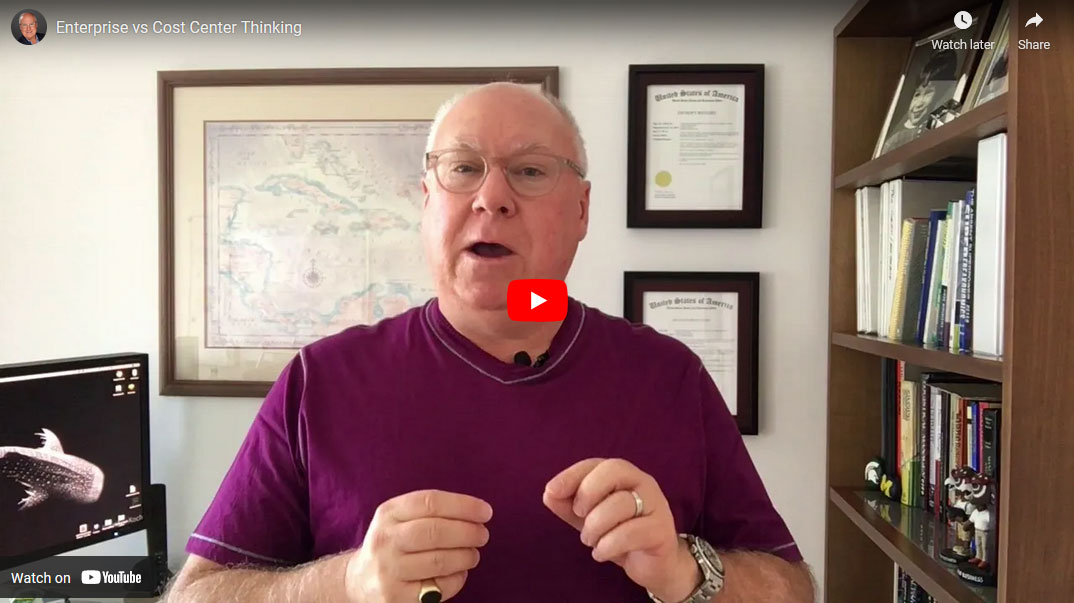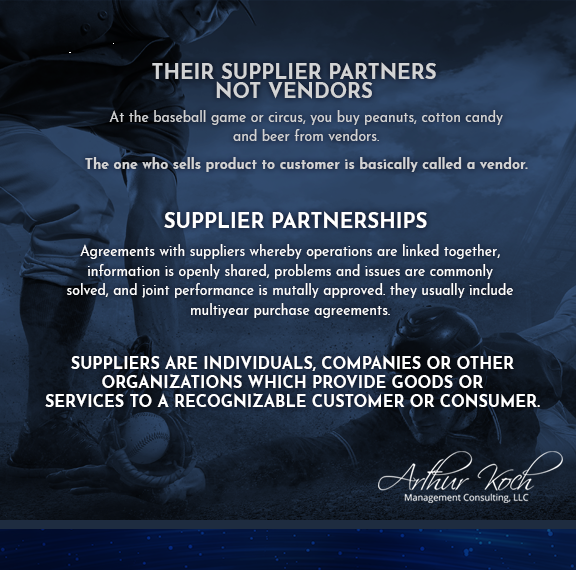If you’re like me, you likely rely on e-mail for many for functions.
Many times we take to path of least resistance. When you’re a Supply Chain or Operations team member with a heavy work load trying to get the daily task completed, it’s common for short cuts to be taken; hence the path of least resistance. These work-arounds become tribal knowledge and halt proper change management.
Read article








